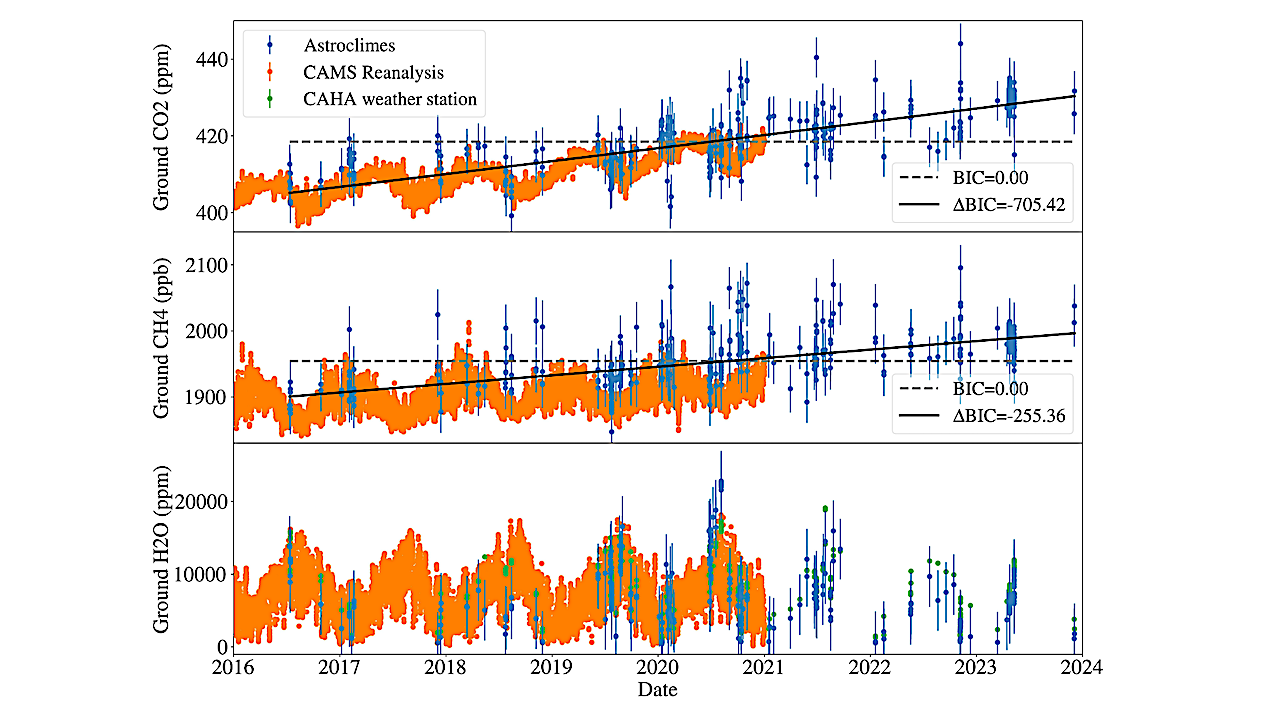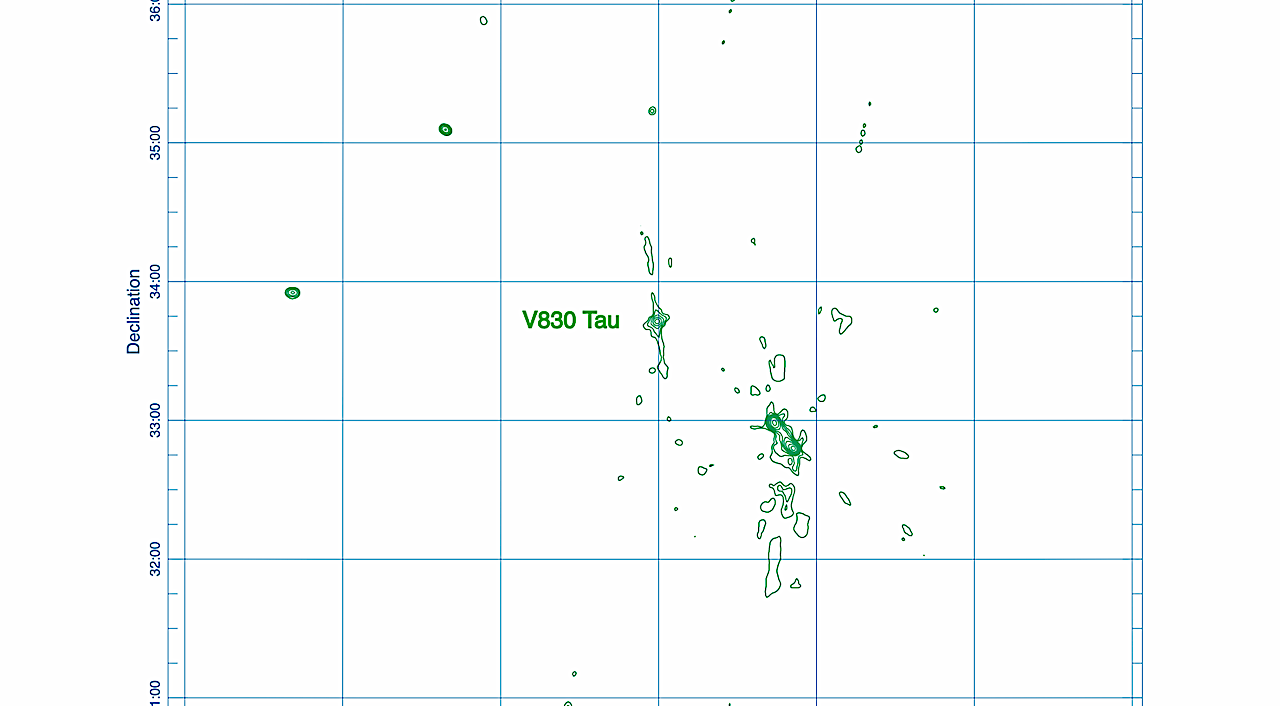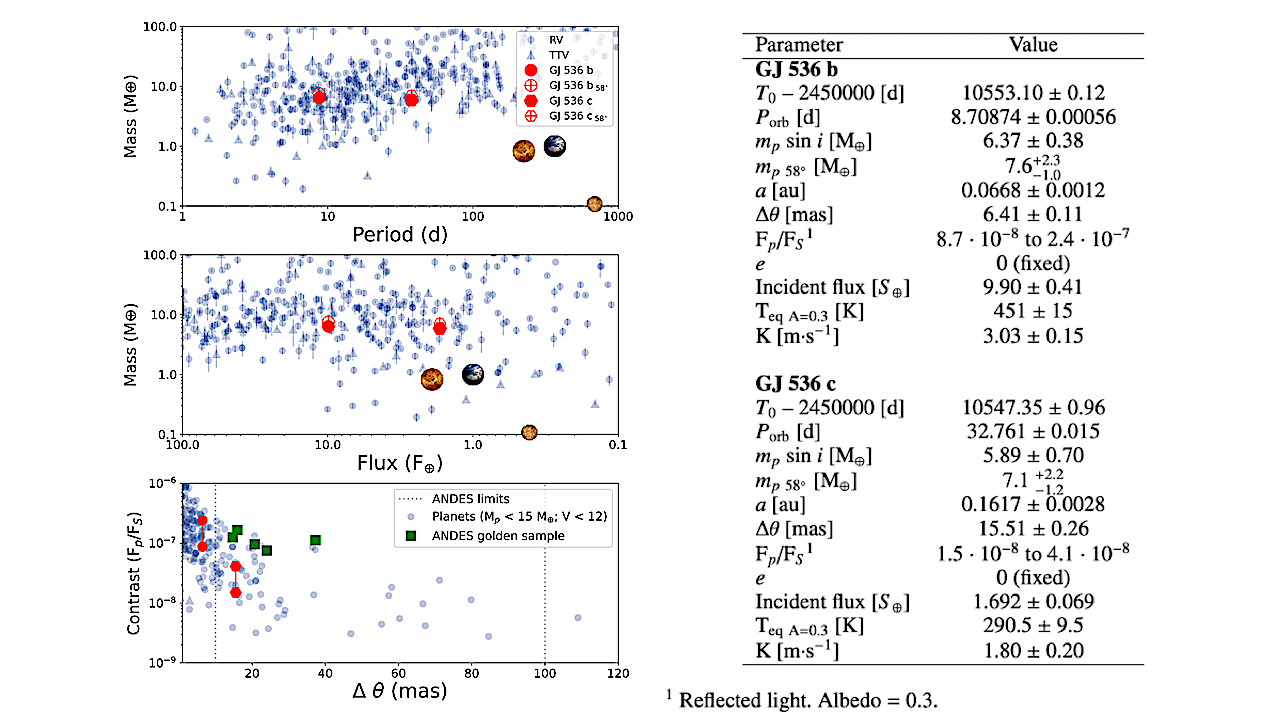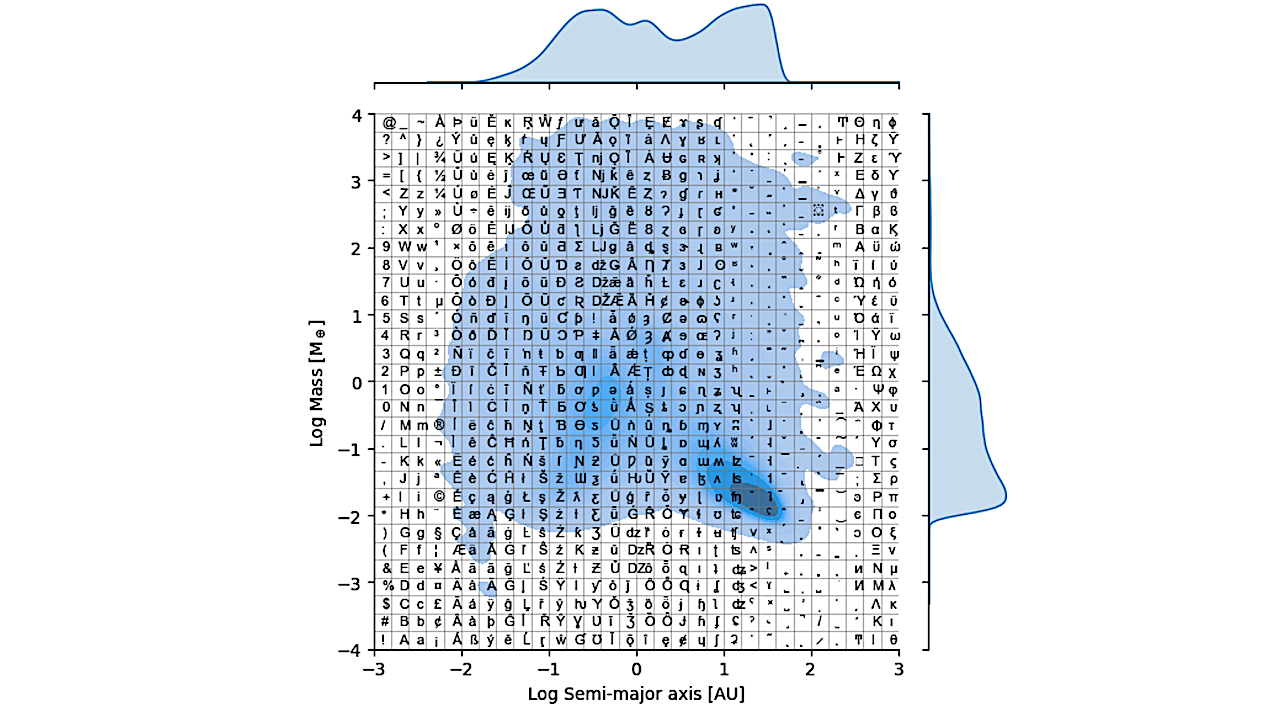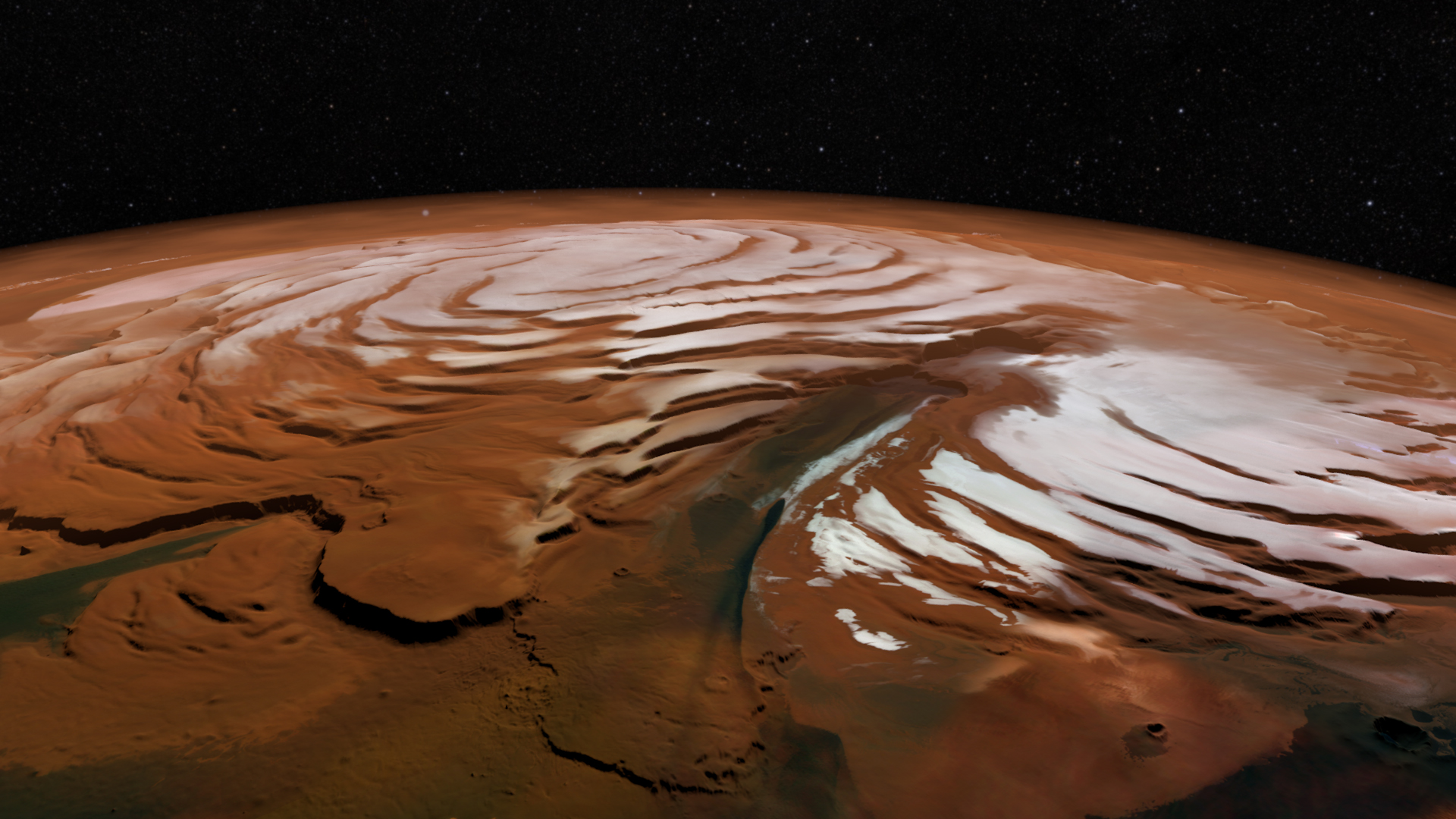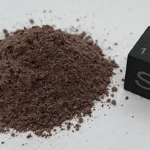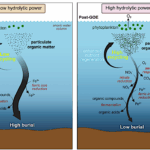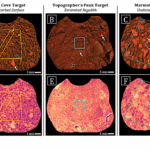Ground level DMFs retrieved by Astroclimes (blue) and from the CAMS global greenhouse gas reanalysis model (orange) for CO2 (top), CH4 (middle) and H2O (bottom), the latter which also shows
Astrobiology20- Page
Image of the field around V830 Tau. The cell size is 0.5”. The contours are 9, 18, 36, 72, 144, 288, 576, 1150, 2300, and 4610 µJy, with a blank-field
Position of TOI-270 b relative to the cosmic shoreline. Escape velocity and cumulative XUV irradiation, computed using the scaling of Zahnle & Catling (2017), for all known exoplanets with equilibrium
Illustration of new research findings in the Lappajärvi crater, Finland, where traces of ancient life have been discovered in the crater’s fractures. The magnified section highlights the blue-marked fracture zones
Sum of water mass accreted by planets in the habitable zone of their respective stars (color lines) and disk mass fraction along the x-axis. Circle size represents average protoplanet mass
The Ross Ice Shelf at the Bay of Whales, Antarctica, and the Palmer in the background. (Credit: Michael Van Woert/ NOAA) Editor’s note: space agencies around the world have long
GJ 536 b and c in context. The upper panel shows the masses of known planets, for masses below 100 M⊕, and periods shorter than 1000 days, with the
Example of the uniform encoding grid of N 2 rectangles (with N = 30) used to encode the planets over the logarithm of the mass and semi-major axis of the
A view of the north pole of Mars, created by taking images as seen by the European Space Agency’s Mars Express spacecraft and applying topographic data from the Mars Orbiter
PANGAEA lead instructor Matteo Massironi explains how to identify geological units from a distance to the astronaut crew. ESA/V. Crobu Editor’s note: when it comes to conducting field trips –
-
 012024 in Review: Highlights from NASA in Silicon Valley
012024 in Review: Highlights from NASA in Silicon Valley -
 02Panasonic Leica Summilux DG 15mm f/1.7 ASPH review
02Panasonic Leica Summilux DG 15mm f/1.7 ASPH review -
 03How New NASA, India Earth Satellite NISAR Will See Earth
03How New NASA, India Earth Satellite NISAR Will See Earth -
 04And Thus Begins A New Year For Life On Earth
04And Thus Begins A New Year For Life On Earth -
 05Astronomy Activation Ambassadors: A New Era
05Astronomy Activation Ambassadors: A New Era -
06SpaceX launch surge helps set new global launch record in 2024
-
 07Space Force plans new ‘Futures Command’ amid pressure to speed up modernization
07Space Force plans new ‘Futures Command’ amid pressure to speed up modernization


